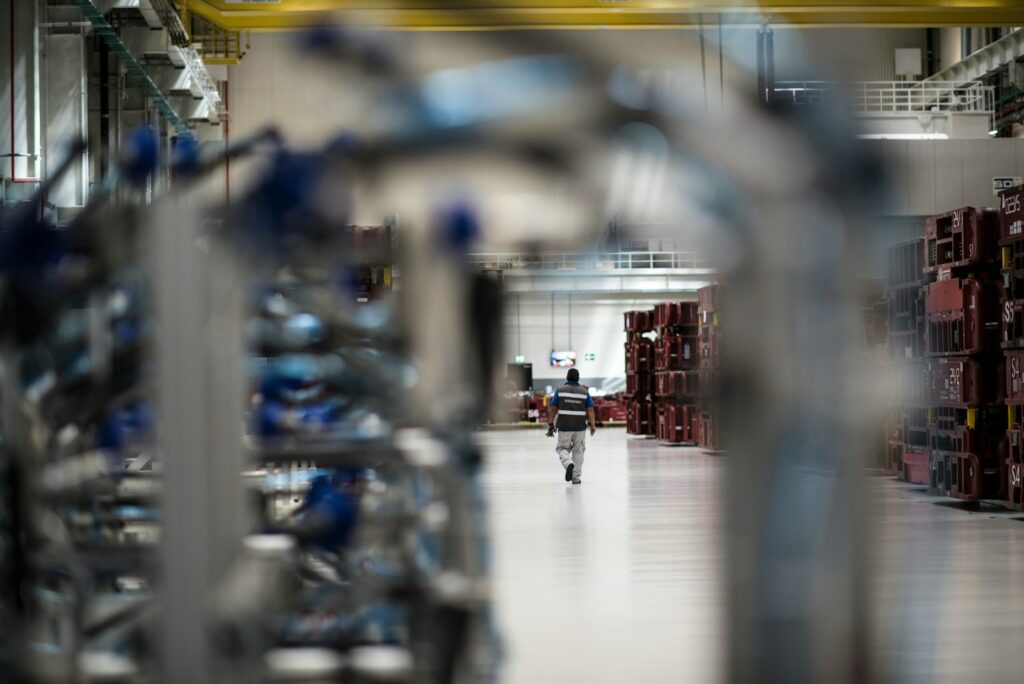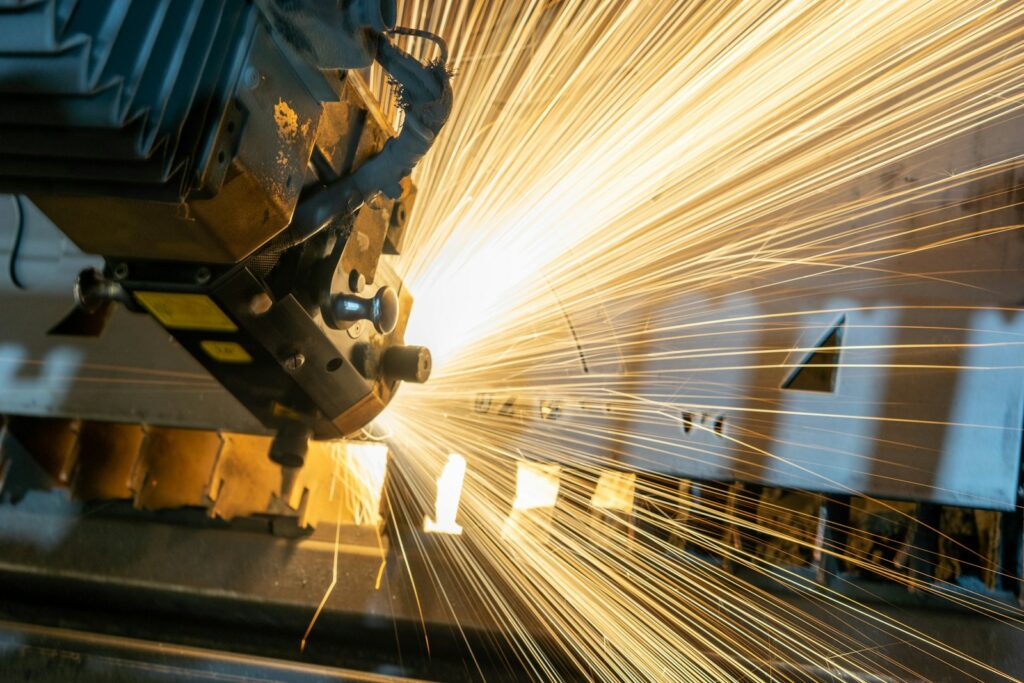Software leader AVEVA already has more than 100,000 physical sites using its solutions, giving it a head start on building the industrial metaverse. Here, AVEVA’s Global Head of Research, Simon Bennett, offers a primer on this new technology and the industrial metaverse
Paradigm shifts in the way we use technology are coming thick and fast, as recent developments around artificial intelligence (AI), augmented reality, and cloud computing show. We’re adopting and adapting to these advances almost equally quickly – if the way we use video conferences in our now-hybrid workplaces is any indication.
Already on the horizon – and in development – is the industrial metaverse. It’s the logical next step as our physical and virtual worlds blend in new ways. As more applications are built around Web3 and the metaverse, businesses will come closer than ever to a truly hybrid reality environment.
What is the Industrial Metaverse?
The industrial metaverse is a persistent virtual environment enabling multiple teams to collaborate in real time across any device. Moreover, everyone within the industrial metaverse will have access to the full gamut of up-to-date operations and engineering data streams.
Plug in the power of AI, and this information can be presented in context, in the form of a common digital thread that brings together historical data, the potential for new concepts, and business forecasts.
In simpler language, think of the industrial metaverse as an always-on world, connecting real factories, machines, data and people in virtual ways. Over time, we will see the industrial metaverse as a sub-set of a larger metaverse, much like shared cloud data platforms run off the internet today.
What does the Metaverse Mean for Industry and What Will it Cost?
The industrial metaverse builds on technology already in use today. It takes the form of a natural layer that organizations can deploy on top of their existing digital infrastructure to future-proof their businesses.
The industrial metaverse is made up of three essential elements:
- the digital twin (from birth throughout its extended life)
- operations and enterprise data (AI-infused and first principles-enhanced), and,
- people working together (providing a platform for richer and more natural collaboration with colleagues, partners and supply chain).
Any organization will be able to create its own industrial metaverse. The investment required will be an incremental addition to existing digital transformation programs. Many companies will therefore be able to launch pilot trials for a very low risk.
How Will we Enter the Metaverse?
Enterprise users won’t need headsets to enter the industrial metaverse. Rather, you’ll be able to log on to this virtual representation of the real world from any edge device, such as your smartphone or laptop. Much like the internet, you’ll be able to access it from anywhere at any time, to check in on business data and automated systems and interact with colleagues on the other side of the world (at a mutually convenient time, of course).
The technology to support industrial metaverse applications already exists but is siloed for one reason or another. AVEVA and its partners are focused on connecting it together to support innovation within the industrial sphere.
The Metaverse by Numbers
McKinsey believes the potential of the metaverse as a whole in unleashing the next wave of digital disruption seems increasingly clear, with real-life benefits already visible. “While estimates of the potential economic value of the metaverse vary widely, our bottom-up view of consumer and enterprise use cases suggests it may generate up to $5 trillion in impact by 2030— equivalent to the size of the world’s third-largest economy today, Japan,” the consultant said in a June 2022 report, Value Creation in the Metaverse. The report – which does not break out the size of the industrial metaverse separately – surveyed more than 3,400 consumers, executives and metaverse experts.
Energy and resources, high tech and the automotive industries are leading metaverse adoption today, according to the report. “Some 95% of business leaders expect the metaverse to have a positive impact on their industry within five to ten years, and 61% expect it to moderately change the way their industry operates,” the report says.
What Challenges Could Derail the Industrial Metaverse?
The potential of the industrial metaverse means its arrival is a matter of ‘when’, not ‘if’. The world’s largest hyperscalers are already working on programs to identify its true potential. Unlike other, previously over-hyped technologies, the appeal of the metaverse is about how we can improve working together. That basic proposition will have plenty of takers.
That said, there could be concerns around data privacy, intellectual property, cybersecurity, and compliance. Obviously, consumer metaverse vendors will face greater ramifications, based on what we see on social media platforms today but industrial metaverse applications will need to adhere to the security requirements as with any enterprise-level application.
For businesses that have already implemented a digital twin, much of the identity, security and privacy governance requirements will have been already discovered and met.
Where are the Early use Cases of the Industrial Metaverse Likely to Emerge?
There is a wealth of opportunities in industry but we see the greatest opportunities for organizations that work in data-rich business environments that depend on sensor data and up-to-date information. We also see opportunities arising when deep and specific expertise is required in short notice to resolve issues. Such opportunities include:
- factory operations
- supply chain management
- construction simulations during design
- safety assessments
- operations optimization, and
- any time when people meet to solve design, construction or operations issues together.
Expect to see the first major applications being rolled out before the end of the year with potential initial mainstream business applications featuring three-dimensional extensions of virtual conference software. At the same time, expect further refinements of existing technology such as unified, single-window views into business operations. Smart city applications, for instance, already enable urban officials to view, manage and correlate specific functions such as power, building management, water & sewer, traffic, and the environment. They can view all these in one place, on a single screen, and see how changes in one area affect another. The next step is to share that view with remote colleagues.
Beyond that… watch this space.

For more market insights, check out our latest metaverse news here.

















